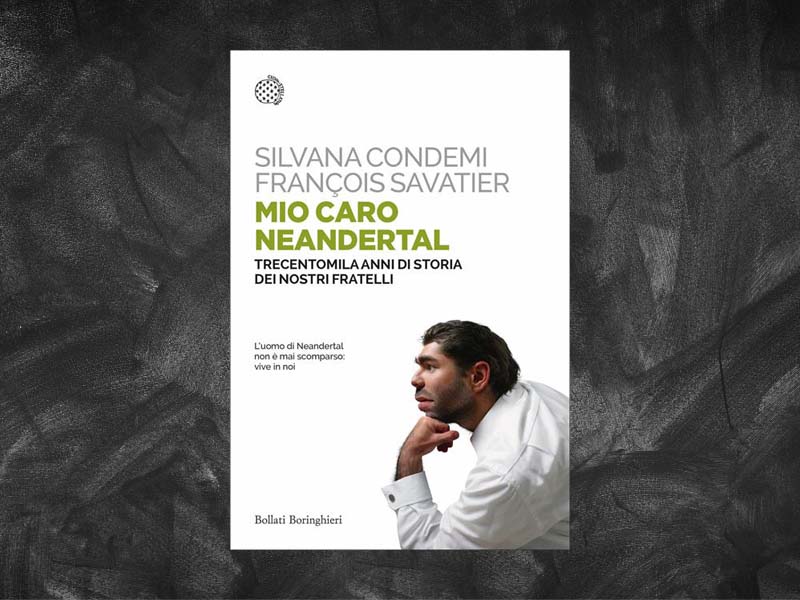Authors: Silvana Condemi, François Savatier
Publisher: Bollati Boringhieri
Series: Bollati Boringhieri Essays
Year edition: 2018
Pages of the printed version: 220 p
EAN: 9788833929477
€ 24,00
The true Europeans, the autochthonous of our continent, are the Neanderthals. It is they who adapted to the harsh climate of the European peninsula during the glaciations and who flourished in the relative warmth of the interglacial periods. Sapiens – African and tropical – have long avoided our inhospitable lands, where they landed very late.
Yet, Neanderthal (Homo neanderthalensis) has the reputation of the brute; some still believe he was a "caveman," a dim-witted, animalistic ancestor from whom we, refined and long-limbed, would later evolve. Nothing more wrong. Paleoanthropologist Silvana Condemi and science journalist François Savatier wrote this book precisely to tell us its story clearly and simply.
So what was Neanderthal man like? What did he look like? How did he live? Today we know how to give more precise answers to these questions, thanks to the large number of fossils found in a century and a half of excavations and thanks to new study techniques. We know that the first Neanderthals already lived in Europe 300.000 years ago, descended from an African human species that was itself the ancestor of Homo sapiens. We modern Sapiens and the Neanderthals are therefore brothers. Neanderthals spoke, certainly ate a lot of meat, hunted, lived in clans dispersed over a huge territory between Europe, northern Asia and the Middle East. He was a cannibal but he buried the dead, at least in the late period; he took care of the sick, manufactured large quantities of lithic tools, dressed himself and had a symbolic thought.
Genetic studies confirm that between 1 and 4% Neanderthal DNA is still present in the DNA of today's Europeans. So, we crossed paths. In other words, we Europeans are, at least in part, the direct descendants of Neanderthals. The sudden disappearance of the Neanderthals, about 35.000 years ago, is therefore not attributable to a massacre. More likely it was a fusion between two human populations.
My dear Neanderthal, welcome back to the family.
The Civilization of the Goddess in Italy


